Joseph Haydn, it’s generally agreed, invented the string quartet. And having done so, he re-invented it: again and again. Take his quartet Op. 20, No. 2, of 1772 – the first item in the Takacs Quartet’s recital last week at the Wigmore Hall.
The cello propels itself forward and upward, then starts to warble like a bird on the wing. The viola sketches in a rudimentary bass line; the second violin – higher than the cello on paper, but actually playing at a lower pitch – shadows the melody in its flight. The first violin? Nothing: the leader (or so you might imagine) of the group is entirely silent until finally, blissfully, he isn’t. It’s the opposite of how a string quartet is supposed to begin, and it’s perfect. Haydn had completed his first really convincing quartet – cracked the formula, if you like – in 1769. Just three years later, left alone with Prince Esterhazy’s court musicians in a Hungarian swamp, he’d come further than some composers travel in a lifetime.
The Takacs Quartet laid the whole miracle out there, plain and (deceptively) simple. Andras Fejer, the group’s cellist, is also its sole original member – the only survivor of the team that Gabor Takacs-Nagy assembled in Budapest in 1975.
But Takacs-Nagy’s successor as first violin, the Leamington-born Edward Dusinberre, has been in place for well over half the group’s existence, and by this stage of the game – when most aficionados would probably agree that the Takacs is the finest string quartet now performing anywhere in the world – their playing is seamless. Yet it’s the opposite of anodyne. Half the fun of seeing a string quartet playing live is watching the interpersonal dynamics on stage: decoding the body language, the little nods and sideways glances that hold it all together.
There’s plenty of that with the Takacs Quartet. Fejer – the founding father, and (again, as you might think) the living bearer of all that tradition – sits calmly in the middle: undemonstrative, and playing with a mellow, amber tone. Dusinberre, at the opposite end of the ensemble, doesn’t exactly echo Fejer’s manner – a first violinist can hardly be expected to hold back – but he soars, gleaming above the fray, carrying himself with an assurance that an earlier age might have called aristocratic.
It’s the second violinist, Harumi Rhodes, who’s the livewire – dispelling any misguided notion that second fiddle is second best. She darts glances, she leans forward; at moments of high excitement she almost bounces right out of her chair. She plays off the group’s newest member, the viola player Richard O’Neill – who, like all the best quartet viola players, knows how to make his presence felt before you even notice that he’s entered the conversation.
And then you close your eyes, and it’s as if all that life and all that individuality suddenly balances, merges and becomes one – one flow, one stream of sound in which the differences between these four artists don’t vanish, by any means, but fall into perspective: precision plus expression plus absolute naturalness and ease. That might sound a bit Zen, but perhaps that’s where we are now with string quartet playing at the highest level.
Historically, string quartets have not always been the healthiest professional environments. One ex-member called the post-war Smetana Quartet ‘a golden cage’, and the players of the Griller Quartet, notoriously, were barely on speaking terms. In Moscow, in 1945, the founding members of the Borodin Quartet pricked their fingers and signed their first contract in human blood.
But we live in more egalitarian times, and whenever I’ve talked with 21st-century quartet players, it’s noticeable how well adjusted – how basically normal – they appear, compared with artists who’ve chosen the solitary path of the international soloist. The Pavel Haas Quartet recruited a new viola while playing five-a-side football; the members of the Dudok Quartet (a young Dutch ensemble) arrived for their interview on bicycles, bringing chocolate cake.
Significantly, many of the more interesting current violin soloists have formed their own quartet side-projects: like Tamsin Waley-Cohen’s Albion Quartet, and Alina Ibragimova’s Chiaroscuro Quartet. Clearly, quartet playing nourishes a certain kind of musician. I interviewed Dusinberre and Rhodes once; they were as perceptive as you’d imagine. But they also seemed – it has to be said – like a lot of fun.
Anyway, imagine that sense of flow – of perfection at play – sustained throughout Bartok’s Fifth Quartet and Ravel’s F major Quartet. You might suppose that Bartok without any audible technical struggle would be Bartok without teeth. I’m here to tell you that it’s as lucid and as life-affirming as Mozart. And Ravel: well, it’s all about that tension between classical refinement and vibrant sensuality, so you can probably join the dots there yourself. To misquote Kenneth Clark, I’m not sure how to define civilisation, but I think I can recognise it when I hear it.
Got something to add? Join the discussion and comment below.
Get 10 issues for just $10
Subscribe to The Spectator Australia today for the next 10 magazine issues, plus full online access, for just $10.
You might disagree with half of it, but you’ll enjoy reading all of it. Try your first month for free, then just $2 a week for the remainder of your first year.

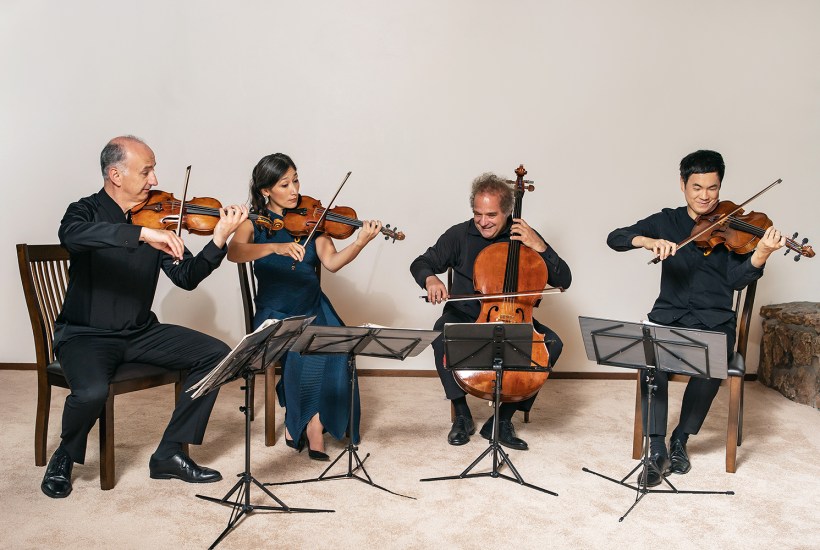
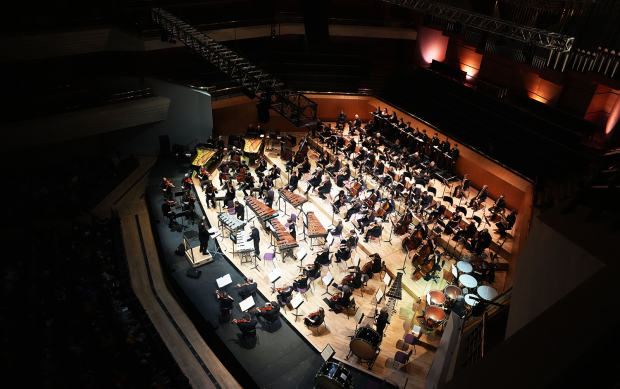
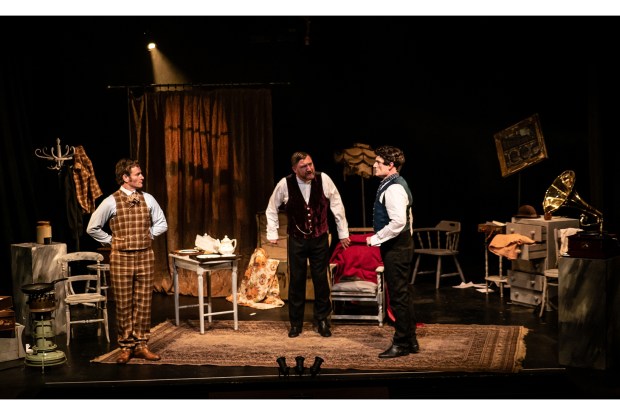
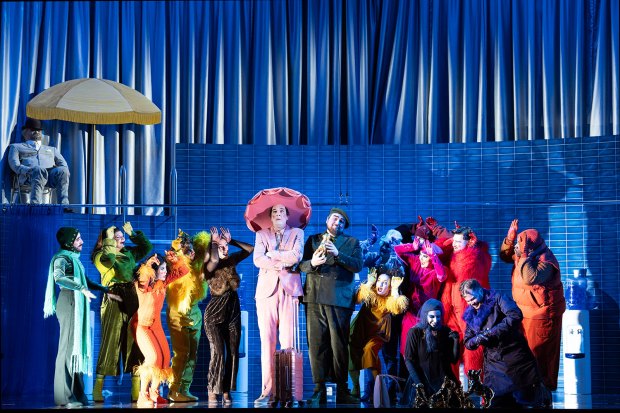
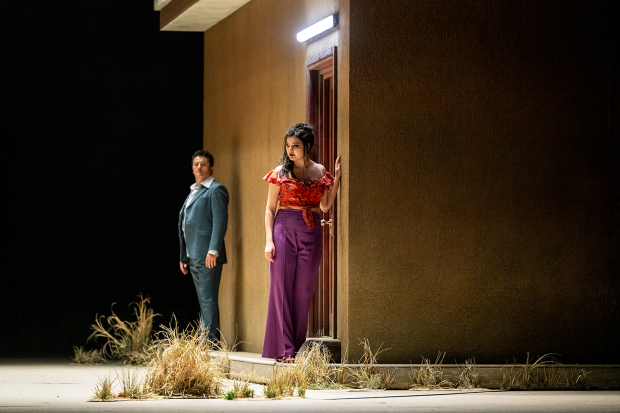
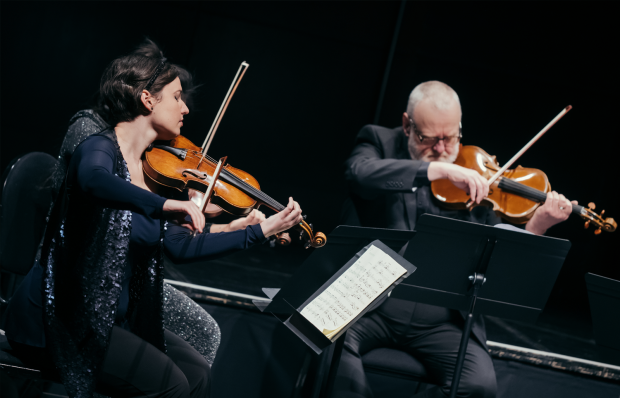







Comments
Don't miss out
Join the conversation with other Spectator Australia readers. Subscribe to leave a comment.
SUBSCRIBEAlready a subscriber? Log in